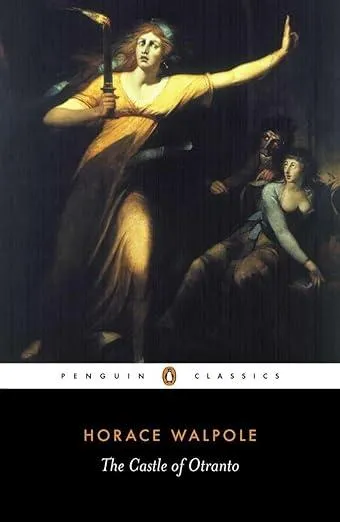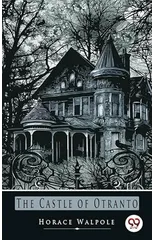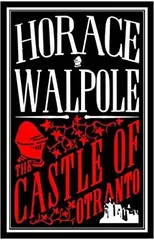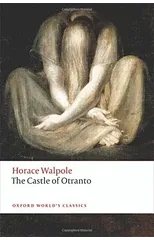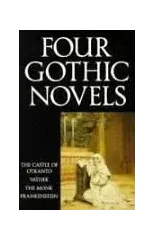The Castle of Otranto
(Autor) Horace WalpoleOn the day of his wedding, Conrad, heir to the house of Otranto, is killed in mysterious circumstances. His calculating father Manfred fears that his dynasty will now come to an end and determines to marry his son's bride himself - despite the fact he is already married. But a series of terrifying supernatural omens soon threaten this unlawful union, as the curse placed on Manfred's ancestor, who usurped the lawful Prince of Otranto, begins to unfold. First published pseudonymously in 1764, purporting to be an ancient Italian text from the time of the crusades, The Castle of Otranto is a founding work of Gothic fiction. With its compelling blend of sinister portents, tempestuous passions and ghostly visitations, it spawned an entire literary tradition and influenced such writers as Ann Radcliffe and Bram Stoker.
Horace Walpole
Horace Walpole (1717-1797) was an English writer, art historian, and politician. He is best known for his Gothic novel "The Castle of Otranto" (1764), which is considered the first Gothic novel in English literature. Walpole's writing style was characterized by its use of supernatural elements, melodrama, and intricate plots.
In addition to his literary work, Walpole was a noted art historian and collector, known for his extensive collection of art and antiquities at his home, Strawberry Hill House. He was also a politician, serving as a Member of Parliament and holding various government positions.
Walpole's contributions to literature include popularizing the Gothic genre and inspiring subsequent writers such as Ann Radcliffe and Mary Shelley. His influence can be seen in the development of Gothic fiction as a distinct literary genre.
